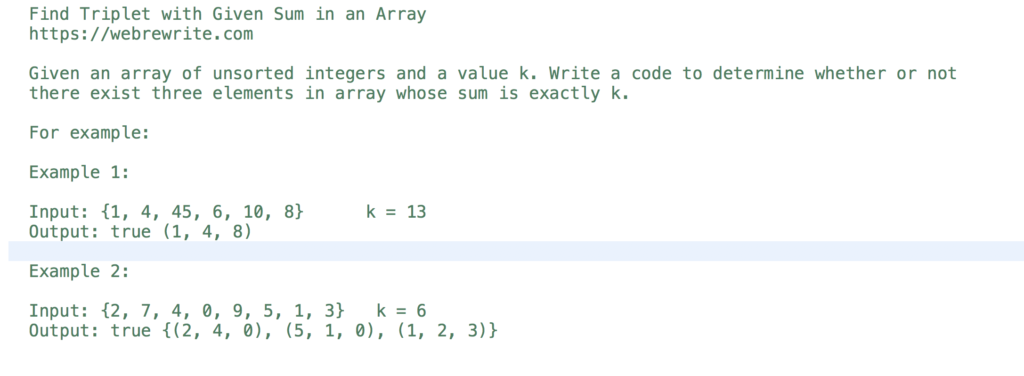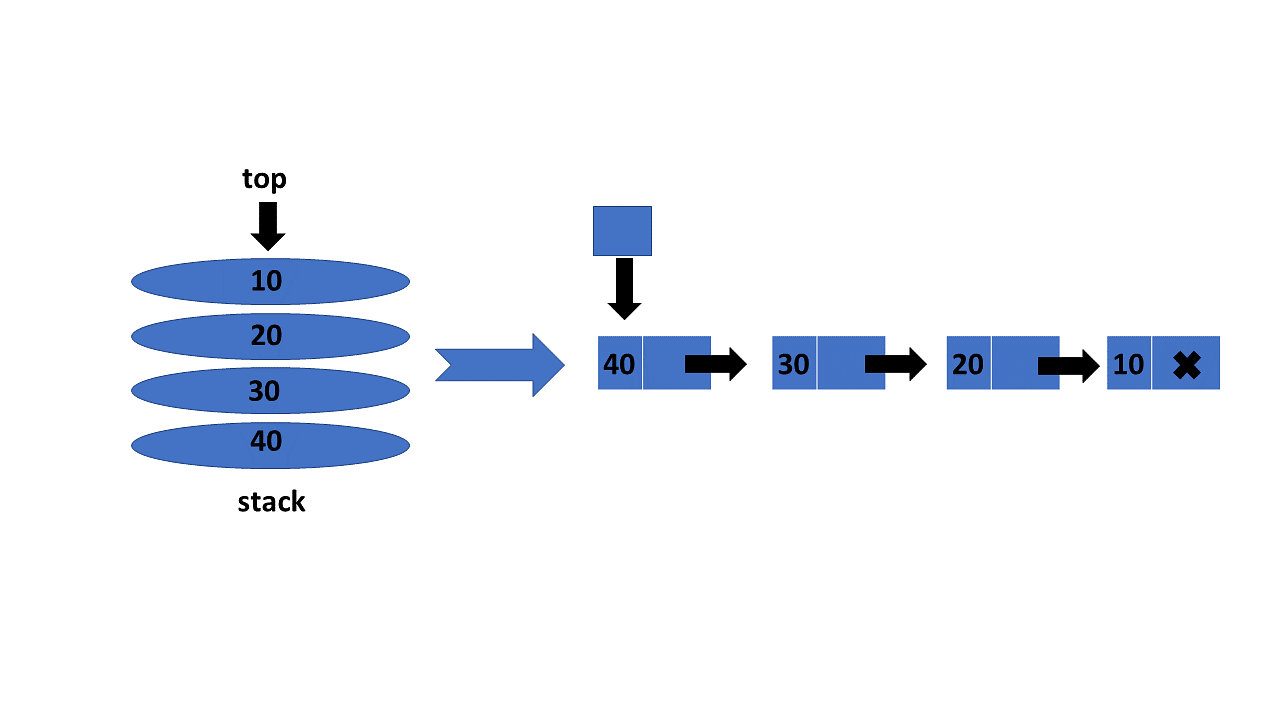

Inserting: O(1), if done at the head or tail, O(n) if anywhere else since we have to reach that position by traversing the linkedlist linearly.Deleting: O(1), if done at the head, O(n) if anywhere else since we have to reach that position by traversing the linkedlist linearly.Inserting: O(1), if done at the head, O(n) if anywhere else since we have to reach that position by traversing the linkedlist linearly.Similarly, Insert for arrays is basically Set as mentioned in the beginning.We can symbolically delete an element by setting it to some specific value, e.g. As pointed out by Aivean, there is no Delete operation available on Arrays.Searching: O(n) if array is unsorted and O(log n) if array is sorted and something like a binary search is used,.Set, Check element at a particular index: O(1).* LinkedStack.java */ import import java.util.
LINKED LIST STACK JAVA ALL EMLEMNT CODE
To complete the code first modify the existing signature of interface Stack in Stack.java as follows, no change required in interface's body. The interface Iterator we will implement by an inner class LinkedStackIterator to LinkedStack. The Iterator interface also declares a remove() method but we will not specify anything in its body. Generally, an iterator is an object of a class that implements hasNext(), and next() as they are declared in Iterator interface. As soon as we extend Stack interface by Iterable we have to add a new method iterator() to class LinkedStack that will return an object of type Iterator Interface Iterable is already defined as part of. To make our Stack data structure iterable, we first extends the Stack interface by Iterable. And the class implements Iterator has to implement two methods: hasNext() (returns true if there are more items to process, false otherwise) and next() (returns an item from the collection). Any iterable collection has to implement an iterator() method that returns an Iterator object. Java provides a special syntax of for loop (also called for-each loop) to process arrays and iterable collections. But, if you like to make the Stack a usual collection where you can iterate through the stack items, you should implement Iterable and Iterator interfaces as part of your LinkedStack implementation. Iterating through Stack Items - Stack Iteratorīy definition of stack data structure you would use it as a container where items are added to and removed from one end. IsEmpty(): Returns true if stack is empty, false otherwise. Size(): Return the number of objects the stack contains right now.

In addition to push() and pop() methods we can also define a few supporting but optional methods, such as, Pop(): Return the top object from the stack, and remove as well. The following methods we plan to implement as part of our stack implementation in Java using linked list.

However, in linked implementation of stack we don't exactly require the top pointer because we will add an item at the beginning of the list and remove it from the beginning of the list.Ī stack by definition supports two methods, one is push for adding objects to the stack, and second, pop for removing the latest added object from the stack. To insert objects into and remove from stack a pointer usually called top is maintained that points to last inserted item. A stack is a container to which objects are added and removed by following last-in-first-out strategy. newt.peek () returns the data inside of the head of the queue. newt is the name of the Generic LinkedList Queue. Linked list implementation of stack is efficient than array implementation because it does not reserve memory in advance. This is the current method Im working with. This article demonstrates a linked list implementation of generic stack. Iterating through Stack Items - Stack Iterator.


 0 kommentar(er)
0 kommentar(er)
